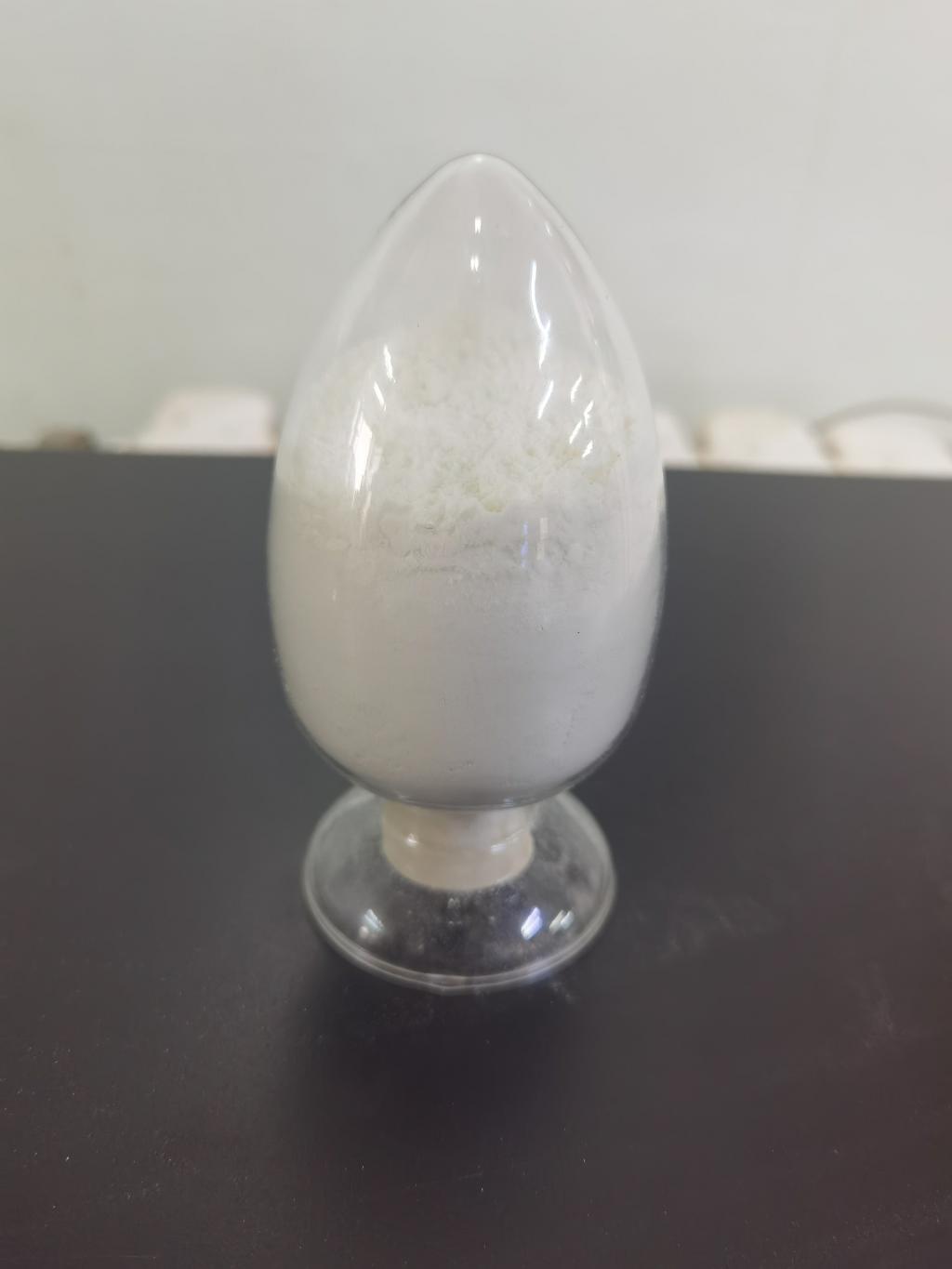Tel:+8618231198596

News
 CONTACT
CONTACT
 CONTACT
CONTACT
- Linkman:Linda Yao
- Tel: +8618231198596
- Email:linda.yao@dcpharma.cn
- Linkman:CHARLES.WANG
- Department:Overseas
- Tel: 0086 0311-85537378 0086 0311-85539701
News
What is the recommended method for the antimicrobial activity of ε-Polylysine hydrochloride?
TIME:2023-06-19
Determining Minimum Inhibitory Concentration (MIC):
The Minimum Inhibitory Concentration (MIC) test is commonly used to assess the lowest concentration of ε-Polylysine hydrochloride required to inhibit the visible growth of a specific microorganism. The MIC is determined by preparing a series of dilutions of ε-Polylysine hydrochloride and incubating them with the target microorganism. The MIC is the lowest concentration at which no visible growth is observed after a defined incubation period.
Agar Diffusion Assay (Disk Diffusion Method):
The agar diffusion assay, also known as the disk diffusion method, is a simple and widely used technique for assessing the antimicrobial activity of substances. In this method, paper disks soaked with different concentrations of ε-Polylysine hydrochloride are placed on an agar plate inoculated with the target microorganism. After incubation, the zone of inhibition, where microbial growth is inhibited around the disk, is measured and correlated with the antimicrobial activity.
Broth Dilution Method:
The broth dilution method involves preparing a series of tubes or wells containing different concentrations of ε-Polylysine hydrochloride. Each tube is inoculated with the test microorganism, and the growth is observed after incubation. The lowest concentration of ε-Polylysine hydrochloride that inhibits visible growth is determined as the MIC. This method provides quantitative results and is particularly useful for determining the antimicrobial activity against a range of microorganisms.
Time-Kill Kinetics:
Time-kill kinetics is a dynamic method that evaluates the bactericidal or bacteriostatic effect of ε-Polylysine hydrochloride over a specified time period. In this method, the test microorganism is exposed to different concentrations of ε-Polylysine hydrochloride, and samples are collected at defined time intervals. The samples are then plated on agar media to determine the viable microbial count. Time-kill curves are generated to assess the rate and extent of antimicrobial activity.
Turbidity Measurement:
Turbidity measurement is a rapid and indirect method to evaluate the antimicrobial activity of ε-Polylysine hydrochloride. It measures the optical density of microbial suspensions in the presence of ε-Polylysine hydrochloride using a spectrophotometer. The decrease in turbidity over time indicates the inhibition or killing of microorganisms. Turbidity measurement is useful for assessing the growth kinetics and relative antimicrobial activity.
Biofilm Inhibition Assay:
Biofilms are microbial communities encased in a self-produced matrix that can enhance resistance to antimicrobial agents. The biofilm inhibition assay evaluates the efficacy of ε-Polylysine hydrochloride in preventing or eradicating biofilms. Various techniques, such as crystal violet staining, colony-forming unit counts, or microscopic visualization, can be employed to assess the effect of ε-Polylysine hydrochloride on biofilm formation or disruption.
Electron Microscopy:
Electron microscopy techniques, such as scanning electron microscopy (SEM) and transmission electron microscopy (TEM), can provide visual evidence of the antimicrobial activity of ε-Polylysine hydrochloride. These methods allow direct visualization of morphological changes, such as cell membrane damage or cytoplasmic alterations, induced by ε-Polylysine hydrochloride treatment.
Statistical Analysis:
To ensure the reliability of antimicrobial activity data, appropriate statistical analysis should be applied. Data from replicate experiments should be analyzed using appropriate statistical tests, such as analysis of variance (ANOVA) or t-tests, to determine significant differences between control and treated samples.
Conclusion:
Accurate analysis of the antimicrobial activity of ε-Polylysine hydrochloride is crucial for understanding its effectiveness against various microorganisms. The recommended methods, such as determining MIC, agar diffusion assay, broth dilution method, time-kill kinetics, turbidity measurement, biofilm inhibition assay, electron microscopy, and statistical analysis, provide valuable insights into the antimicrobial properties of ε-Polylysine hydrochloride. These methods enable researchers and industry professionals to assess its efficacy and optimize its application in food preservation and other relevant fields.
- Tel:+8618231198596
- Whatsapp:18231198596
- Chat With Skype







